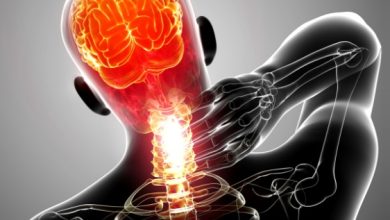Considering a Rhinoplasty? Learn More About This Popular Procedure

A rhinoplasty or a nose job is a procedure which is done to reshape your nose. It is one of the most popular cosmetic treatments and thousands of people have it done every year. There are both surgical and non-surgical procedures, each one aims to augment the shape of your nose into dimensions which you are happy with.
If you are considering a rhinoplasty, read below to learn more about the procedure.
Why have it done?
There are many reasons why people go for a rhinoplasty, it can be done to repair the nose after an injury or simply to alter the structure. Many people go for a nose job because they are unhappy with the shape and want their nose to look more symmetrical. If you speak to an expert in any nose surgery clinic (called คลินิกเสริมจมูก in Thai) in Bangkok, they will tell you that clients come in for a rhinoplasty for a variety of reasons, the most common being:
- Repair deformities
- Alter the shape after an injury
- Improve aesthetics
- Improve breathing
Preparation for the Procedure
Before you go in for the procedure, you will have to meet with your surgeon to discuss the rhinoplasty in detail. They will tell you all you need to know about the operation and the results. They will take pictures of your nose and provide images of before and after shots. The surgeon will be able to tell you whether you are a good candidate and if the operation will work well for you.
Here is what to expect during the consultation:
- Discussion about your medical history, goals, and motivation
- Physical exam & photographs
- Discussion about the outcome and your expectations
What to Expect
Everyone is different and your procedure will be customised to suit your needs. In most cases, the patient is put under sedation or a general anaesthetic. The shape of your nose will be altered using an open or closed procedure. You will feel a little discomfort after the procedure, due to the nature of the operation.
A rhinoplasty has the potential to boost your image, fix a deformity or improve breathing. You don’t have to stay in the hospital overnight, you are free to leave after the procedure. It doesn’t take that long to heal; most people feel great after about a week. During the recovery phase it is important to listen to your doctor and follow their instructions.






